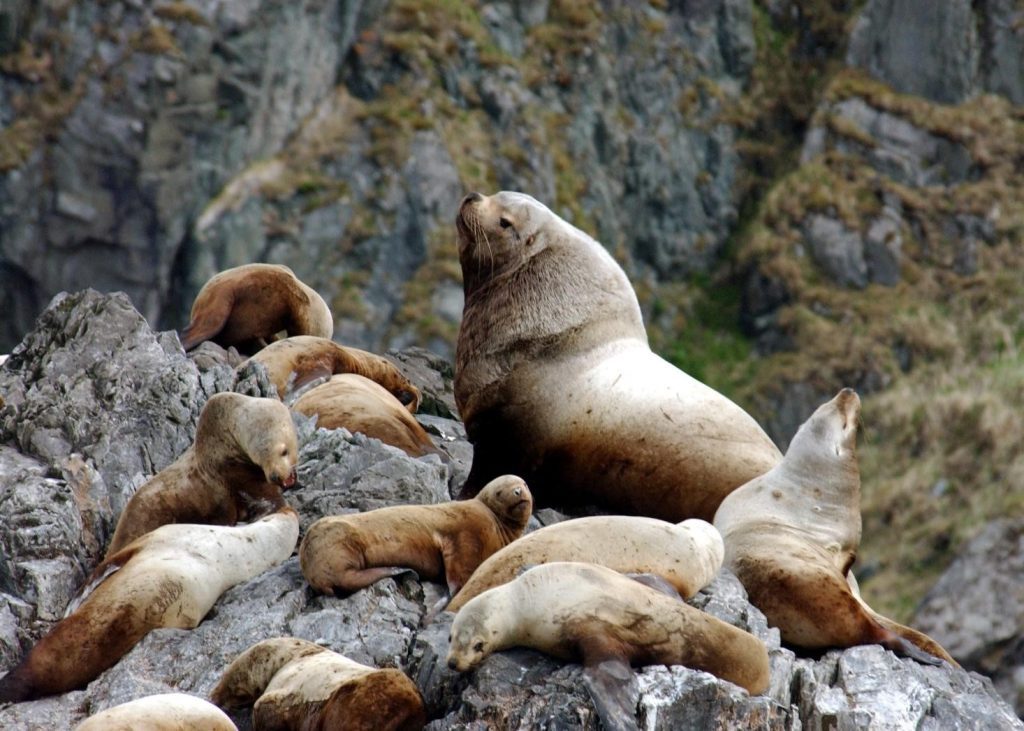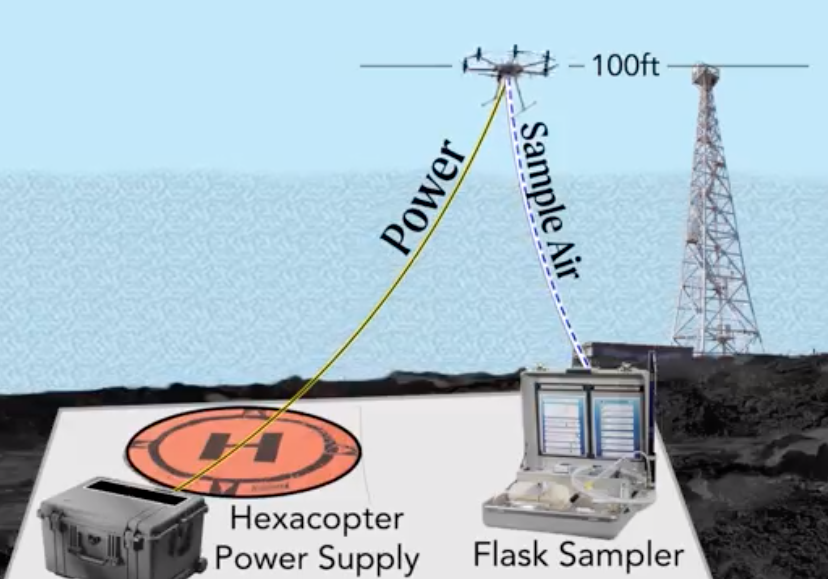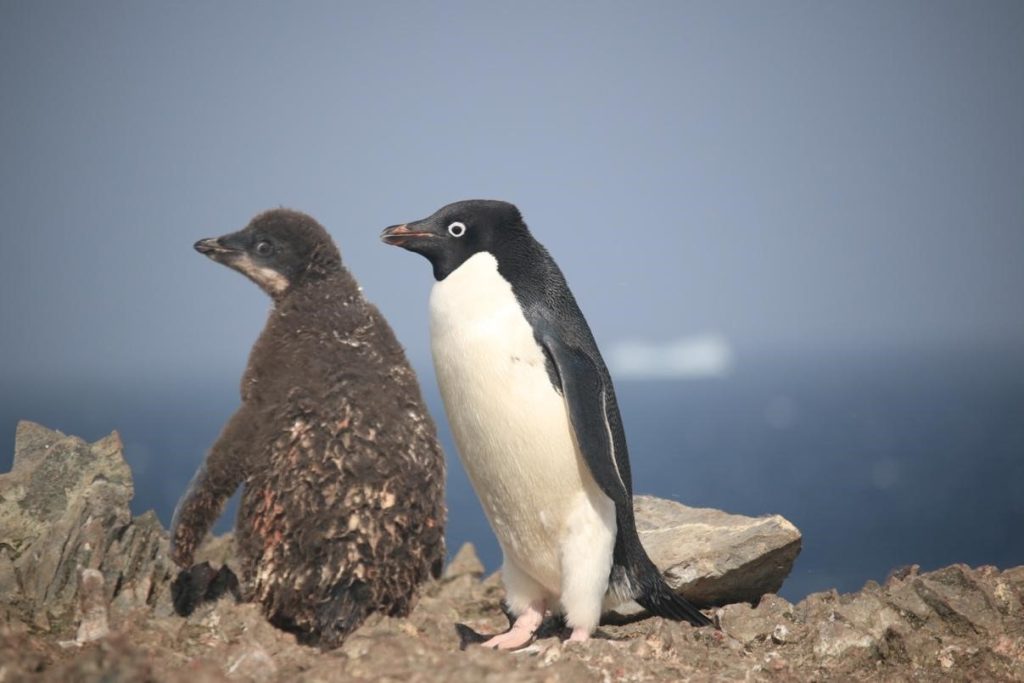Use of Artificial Intelligence (AI) to Monitor Steller Sea Lion Populations
Every year, Alaska Fisheries Science Center’s Marine Mammal Laboratory of NOAA Fisheries uses crewed and uncrewed systems to conduct aerial surveys of known Steller sea lion sites across Alaska. These surveys are essential to monitoring the endangered western population of Steller sea lions in Alaska. While the population as a whole has begun to show signs of recovery, one region in the westernmost part of the population range has declined 94% in the last 40 years (showing no signs of recovery), and rookeries – sites where sea lions mate, give birth, and rest – have begun to disappear. In the Gulf of Alaska, anomalous warm water events beginning in 2014 are becoming more commonplace and are likely causing the observed declines in the area – an area which was previously showing signs of sea lion population recovery and began to increase in 2002.
Use of Artificial Intelligence (AI) to Monitor Steller Sea Lion Populations Read More »



